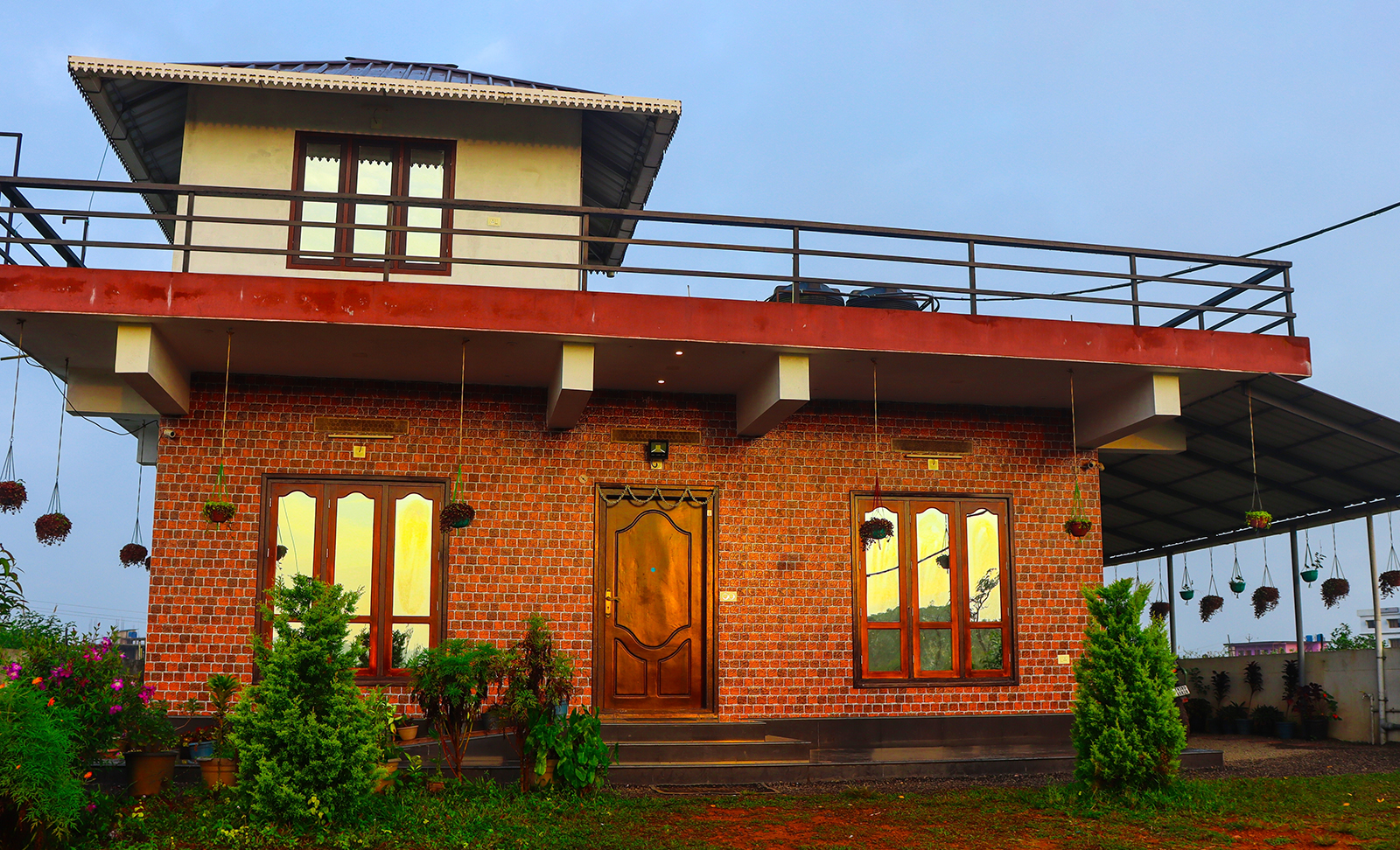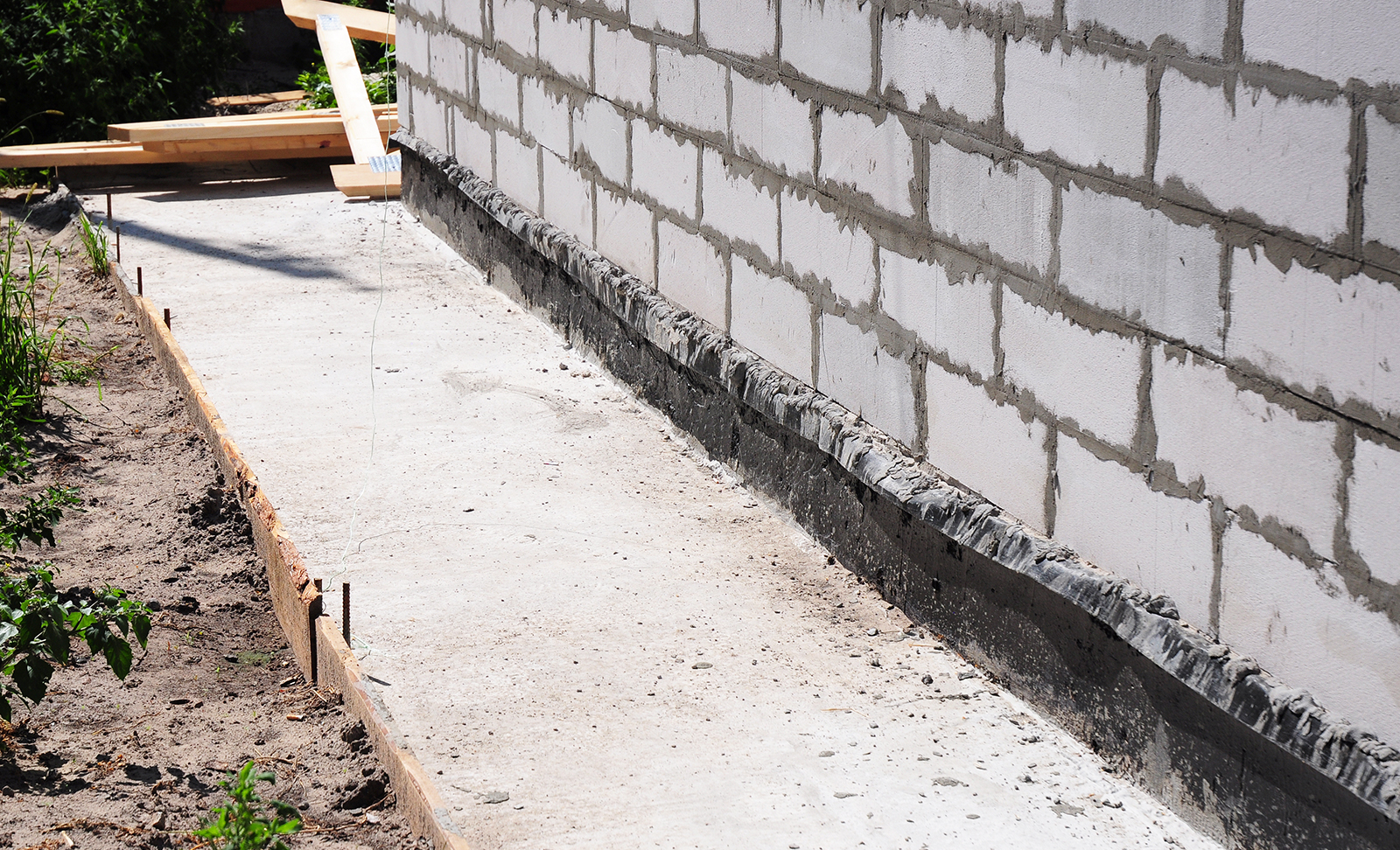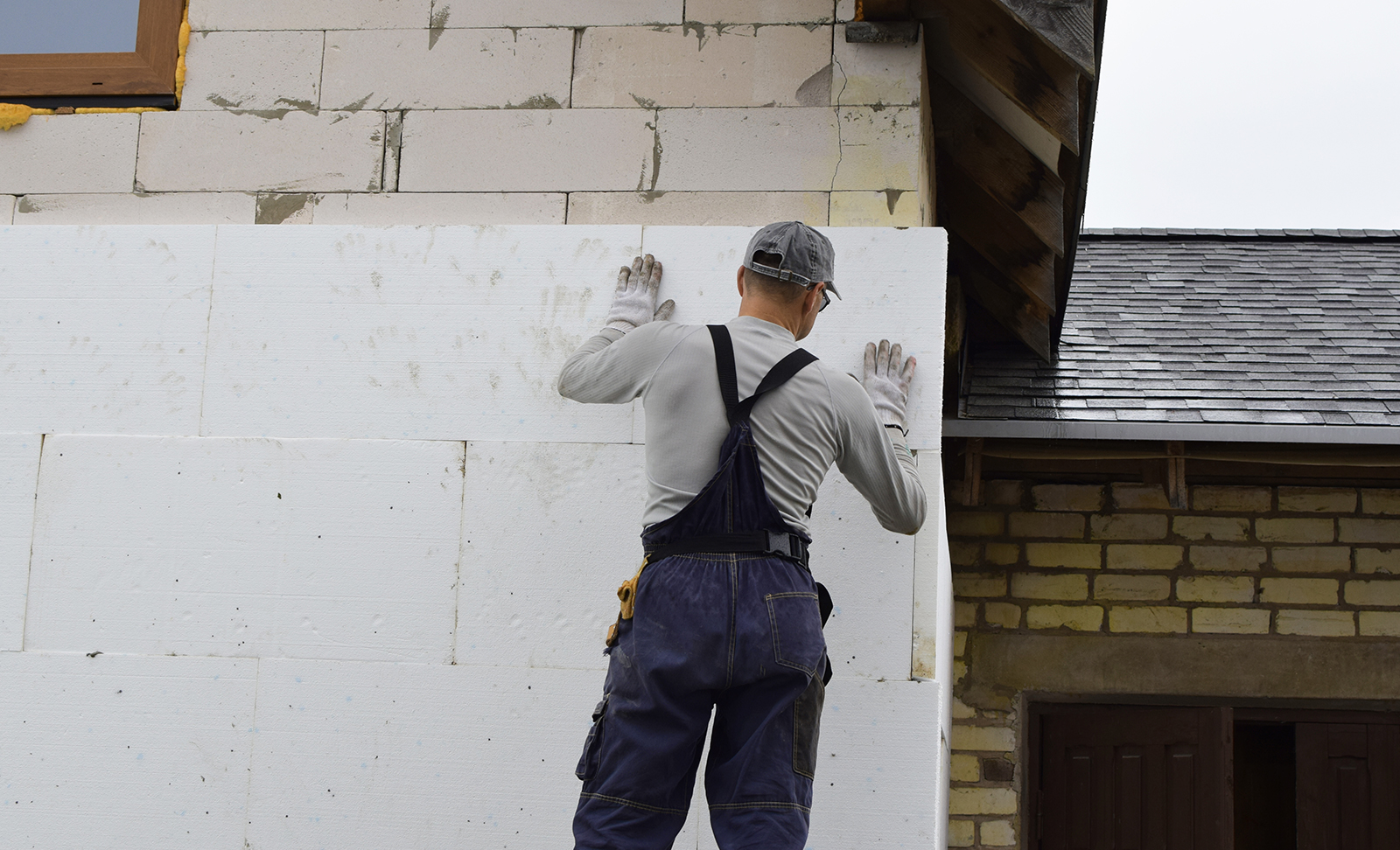
Renovation
How to Maintain your Exterior Cladding
Exterior buildings in India usually look worn out and dull. However, with proper maintenance of your exterior cladding, including implementing exterior wall waterproofing, you can preserve the beauty of your house for years to come.
In India, exterior buildings often look dull and worn out due to harsh weather and inadequate upkeep. Regular maintenance is essential to avoid costly overhauls and preserve the crisp, modern appearance of your property.
The cladding of your building, which is a protective layer applied to the exterior and interior of buildings, needs extra care, too. It enhances aesthetics, provides insulation, protects structures from weather, moisture, and other environmental factors, and ensures durability and energy efficiency.
Using solutions like a crack sealer, exterior wall waterproofing, and more can significantly extend the life of your home.
Let's understand this in detail.
Importance of cladding maintenance
Cladding serves as the first line of defence for buildings, protecting against harsh weather, UV rays, and pollution while enhancing visual appeal. Proper maintenance ensures that cladding performs its protective function and retains its aesthetic value. Neglecting maintenance can lead to moisture ingress, damage to the structure, and higher repair costs.
General cladding maintenance tips
Regular maintenance and a keen eye on the cladding can easily help prevent damages before they escalate. Here’s how you can do it –
- Inspect regularly
Conduct periodic checks to spot cracks, gaps, or signs of wear. Address these issues immediately using a crack sealer and other waterproofing solutions to prevent water penetration and further deterioration.
- Clean thoroughly
Periodically clean the cladding to remove accumulated dirt, grime, and pollutants (that can degrade materials over time). Pay special attention to corners and edges to prevent debris from collecting.
- Apply waterproofing products
Use high-quality exterior wall waterproofing to create a barrier against moisture. This is particularly crucial in areas prone to heavy rainfall or extreme weather conditions.
- Maintain waterproof exterior wall panels
Maintaining waterproof exterior wall panels prevents the buildup of mould, stains, and other issues that can compromise the safety and integrity of your home.
- Repaint or reseal
Over time, paint or sealant can wear off, exposing the surface to potential damage. Repainting or resealing helps maintain both the appearance and strength of the cladding.
- Monitor for damage
Check for loose or damaged cladding panels and replace them promptly. Ensuring their integrity helps avoid the need for more extensive repairs later.
- Consult professionals
For long-term durability, seek professional advice on maintaining your cladding system and applying advanced exterior wall waterproofing products tailored to your building’s needs.
Solutions to protect waterproof cladding
The right solutions—be it crack sealer, exterior wall waterproofing products, or anything else your contractor recommends—done in time can protect your cladding and home for years. Here are some extra measures you can take to protect your building and cladding –
- Waterproofing coating
A waterproof coating is recommended to protect the exterior of your wall from moisture and the sun. The Dr. Fixit Raincoat Range is a pioneering new product that provides waterproofing and insulation. The coating serves as a complete solution that prevents dampness and seepage while keeping your house cool during the summer. Furthermore, it provides a superior sheen, substituting the need for exterior paint.
It comes in pastel shades, enhancing the beauty of buildings, and is formulated to adapt to surface expansion and contraction. It is resistant to efflorescence and increases the life expectancy of a building’s exteriors.
- Wash down
After some time, you may notice a slight buildup of dirt and grime on your house’s paint or cladding. Pressure washing your home can easily solve this problem. It is recommended that you pressure wash your home about five or six years after the initial paint job or when grime is visible on cladding surfaces.
Even using a hosepipe to rinse porch lintels and cladded areas once a year is beneficial. This helps dissolve atmospheric salts that accumulate on surfaces, especially in areas that experience rainfall or humidity. It also keeps paint and cladding looking fresh and well-maintained.
- Repair cracks
Whether found in plaster or concrete, a crack in a wall is an eyesore. Generally caused by the natural settling of a house over time, you can repair a cracked wall in a weekend. If the cracks are small and there is no problem with the structure, use a flexible crack-filling compound like Dr. Fixit Crack x Shrinkfree to fill the cracks.
If you notice severe cracking, surface distortion, or signs of significant settling or structural issues, it’s crucial to have your home inspected by a qualified building professional before proceeding with wall repairs.
The experts know best
Protecting your cladding and building is essential for long-term durability and peace of mind. But beware: using poor-quality products can result in subpar results and recurring issues.
Trust the experts at Dr. Fixit to get it right the first time. From answering your queries to providing premium, long-lasting waterproofing solutions, they’ve got everything you need under one roof. Don’t leave your home’s protection to chance—reach out to Dr. Fixit today. From crack sealers to waterproofing solutions and answers to your queries, the experts at Dr. Fixit have everything ready. Fill out the form below to get started!
FAQs
FAQ#1 – What are the most effective techniques for cladding cleaning to ensure long-lasting results without damaging the material?
Use soft washing for delicate surfaces and pressure washing for durable materials. Employ non-abrasive cleaning agents to avoid scratches, and always test on a small area first. Regular cleaning with suitable methods prevents damage and extends the life of cladding.
FAQ#2 – How often should cladding be professionally cleaned to maintain its appearance and structural integrity?
Cladding should be professionally cleaned at least once a year or more frequently in high-pollution or coastal areas. Regular cleaning prevents dirt accumulation, mould growth, and weather-related wear, maintaining both appearance and durability.
FAQ#3 – What are the key benefits of using a professional cladding cleaning service compared to DIY methods?
Professionals offer specialised equipment, expertise in material-safe techniques, and access to industrial-grade cleaning solutions. They ensure thorough, damage-free results and can identify early signs of wear, unlike DIY methods, which may cause unintended harm to cladding. Anyone except the professionals using the products may also be exposed to harm due to their inexperience with waterproofing chemicals.
Get Professional Waterproofing Solutions Today
Fill The Form below to took free site evaluation by Dr. fixit point safe painting service expert



